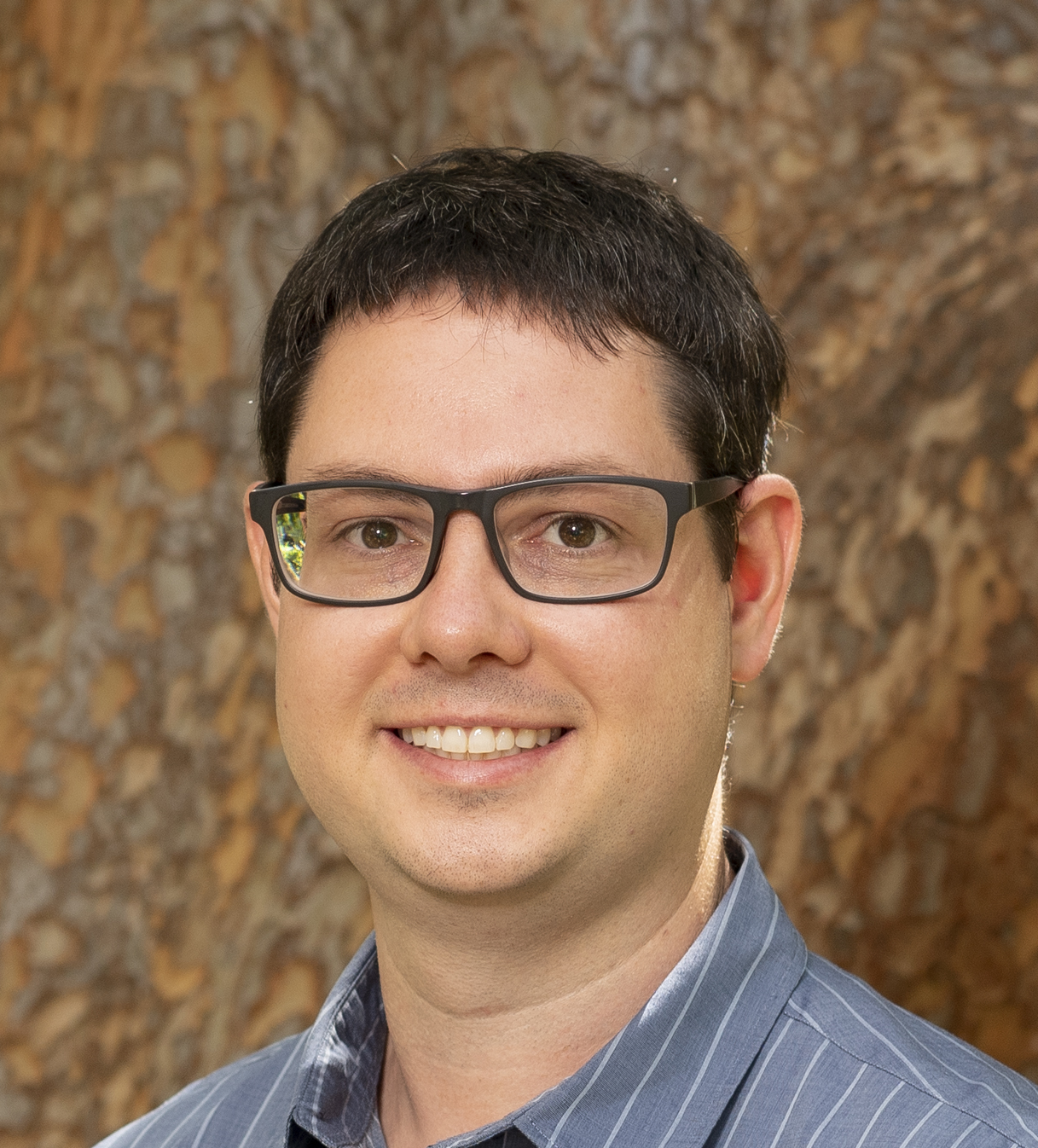
Keywords
Fields of Research (FoR)
Nonlinear optics and spectroscopy, Photovoltaic devices (solar cells), Photonics, optoelectronics and optical communications, Optical properties of materials, Photonic and electro-optical devices, sensors and systems (excl. communications), NanophotonicsSEO tags
Biography
Dr Michael P. Nielsen is currently a Senior Lecturer (Level C) in the School of Photovoltaic and Renewable Energy Engineering. He holds both a UNSW Scientia Appointment and an ARC DECRA Fellowship.
His research is focused on the use of ultrafast spectroscopic techniques for advanced characterization of novel photovoltaic materials with a focus on interfaces. Such techniques include transient absorption spectroscopy (TAS) and femtosecond...view more
Dr Michael P. Nielsen is currently a Senior Lecturer (Level C) in the School of Photovoltaic and Renewable Energy Engineering. He holds both a UNSW Scientia Appointment and an ARC DECRA Fellowship.
His research is focused on the use of ultrafast spectroscopic techniques for advanced characterization of novel photovoltaic materials with a focus on interfaces. Such techniques include transient absorption spectroscopy (TAS) and femtosecond stimulated Raman spectroscopy (FSRS) along with others. Other interests include hot carriers for photovoltaics, photodetection, and photochemistry, hybrid molecular organic-inorganic systems focusing on singlet fission and triplet-triplet annihilation for up/down conversion for photovoltaic and light emitting applications, and emissive energy harvesting (including the thermoradiative diode) for night-time power generation. He was recently awarded as lead CI an ARC Linkage Grant to use nonlinear optical spectroscopy to characterise interfacial defects in silicon microelectronic devices and is co-CI on an ARC Discovery Project looking at developing hot carrier photodetectors. More details can be found on his group website https://www.aos-nielsen-group.com/.
He obtained his BEng in Engineering Physics (Nanoengineering) in 2011 from the University of Alberta in Edmonton, Alberta, Canada, followed by an MSc in Electrical Engineering (Photonics and Plasmas Specialization) in 2013 where he was supervised by Professor Abdul Elezzabi, also at the Unversity of Alberta. Dr. Nielsen graduated with a PhD in Physics in 2017 from Imperial College London where he studied semiconductor nanoplasmonics under Dr. Rupert Oulton and Professor Stefan Maier. After graduation, he continued at Imperial College London as a Research Associate studying nonlinear optics in plasmonic and nanophotonics systems and managing an ultrafast spectroscopy laser laboratory, before coming to UNSW as a postdoctoral fellow in May 2018. Starting January 2019, Michael was appointed a UNSW Scientia Lecturer and promoted to Senior Lecturer in July 2022. He was renewed for a second term on the Scientia program starting in 2023.
My Grants
ARC DECRA Fellowship: DE230100382 (lead CI) - Charge and Energy Transfer Processes at Inorganic-Organic Interfaces
ARC Discovery Project: DP220101532 (co-CI) - Energy resolving photodetection through extracting hot carrier photocurrent
ARC Linkage Project: LP200300982 (lead-CI) - Nonlinear Optical Metrology of Electronic Interfaces for Silicon Devices
My Research Supervision
Areas of supervision
PhD positions are currently available for students in the following topics:
-Controlling electron-phonon interaction and hot carriers for photovoltaics, photodetection, and photocatalysis
-Ultrafast spectroscopy of photovoltaic materials and devices
-Organic-inorganic energy transfer and up-conversion based optoelectronics
-Singlet fission enhanced silicon solar cells
-Photonic engineering for III-V concentrator solar cells
For more information, potential students should contact Dr Nielsen directly.
Currently supervising
Dr. Nielsen currently supervises four PhD students, focusing on the ultrafast spectroscopy characterisation of carrier dynamics in silicon, III-Vs and quantum wells, molecular systems, and perovskites, as well as developing the thermoradiative diode.